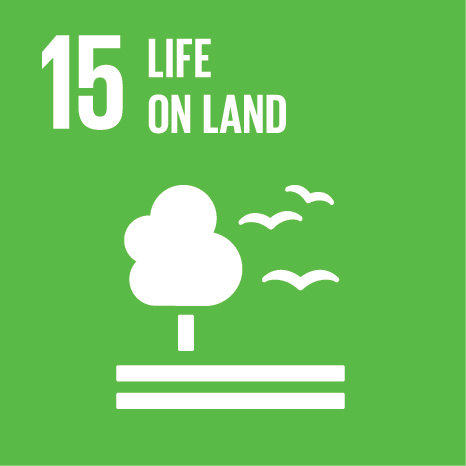Diversifying the concept of analogue missions to explore and evaluate new concepts for future space missions
Event Title
72nd International Astronautical Congress 2021
Year (definitive publication)
2021
Language
English
Country
United Arab Emirates
More Information
Web of Science®
This publication is not indexed in Web of Science®
Scopus
This publication is not indexed in Scopus
Google Scholar
This publication is not indexed in Google Scholar
This publication is not indexed in Overton
Abstract
A range of analogue missions has been designed and used to explore and evaluate di erent aspects
of future space mission e.g. HI-SEADS, MELiSSA, BioSphere 2. They have been successful in exploring
aspects of team working, nutrition, testing space suits, psychological impact of con nement, restriction
and loneliness. In this presentation, we introduce, discuss and compare three di erent environments that
use sustainability or artistic practices that provide possibilities to expand and diversify the concept of
analogue mission. This presentation uses a literature review and observations to identify possibilities for
reciprocal learning and collaboration between currently run analogue space missions and the following
projects, in which the author team has been involved in as a participant or as a researcher: ecovillages, b)
virtual futuristic space mission workshops called CTIM, c) a community developed art installation called
SEEKER. The relevance of this comparative exercise comes from the fact that all these scenarios inquire
into how to create conditions for the sustenance of human and non-human life in adverse environments:
disrupted terrestrial ecosystems and the life-threatening conditions of outer space. It's these extreme
contexts that force us to rethink accepted relationships between living organisms, humans and their
environment, and come up with new con gurations. Ecovillages provide a unique environment in which
to explore long term human interactions in re-generating or recreating ecosystems, through the promotion
of circular feedback systems including biological and mineral entities. They help to explore how families
and communities develop in these scenarios in timeframes and with organizational frameworks that are not
possible in standard analogue missions. SEEKER is an artistic installation that members of community
build their own starship and can run isolation mission in them. It gives opportunities for individuals
to experiment and shape their spaceship and push the boundaries of experimentation. It also provides
a sense of ownership that can a ect how individuals interact with the environment and others during
the mission. Finally, CTIM involves a futuristic space mission workshop that uses role playing and
immersion to get people to imagine events in future space missions and response to them. It provides an
opportunity to push discussions on how to innovate system building and methodological innovation with
an interdisciplinary group. These three scenarios can provide complimentary inform discussions on how
to prepare for di erent aspects of short term or long term future space missions.
Acknowledgements
--
Keywords
Sustainability,Regenerative Communities,Space Exploration,Transdisciplinarity,Prefiguration
Fields of Science and Technology Classification
- Other Social Sciences - Social Sciences
Funding Records
| Funding Reference | Funding Entity |
|---|---|
| PTDC/SOC-SOC/2061/2020 | Fundação para a Ciência e a Tecnologia |
Associated Records
This talk is associated with the following record:
Contributions to the Sustainable Development Goals of the United Nations
With the objective to increase the research activity directed towards the achievement of the United Nations 2030 Sustainable Development Goals, the possibility of associating scientific publications with the Sustainable Development Goals is now available in Ciência_Iscte. These are the Sustainable Development Goals identified by the author(s) for this publication. For more detailed information on the Sustainable Development Goals, click here.

 Português
Português




